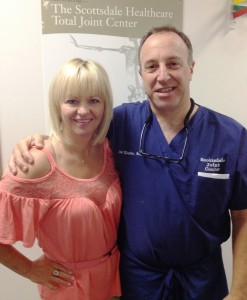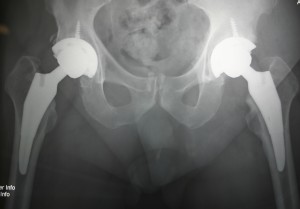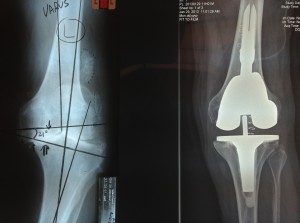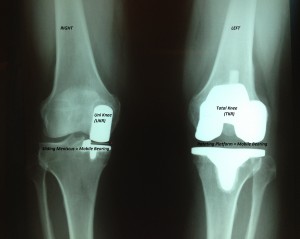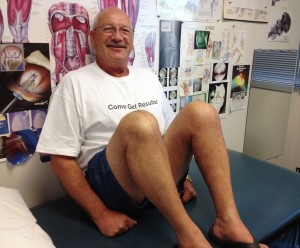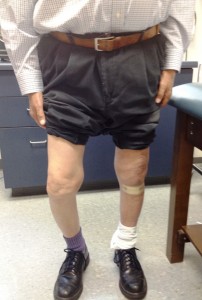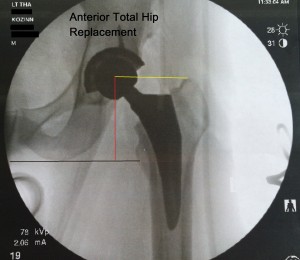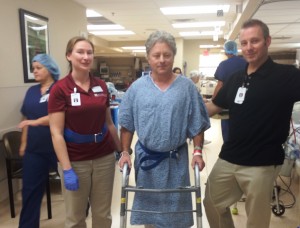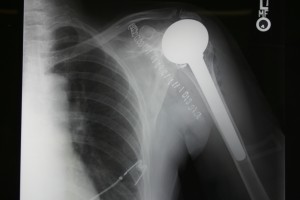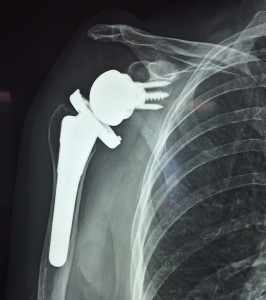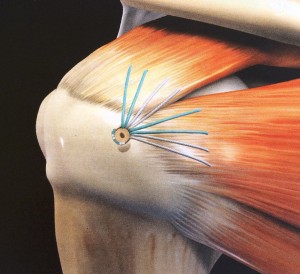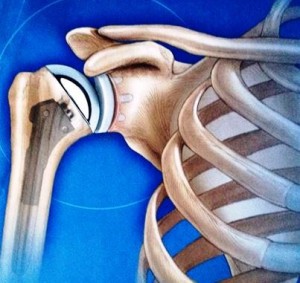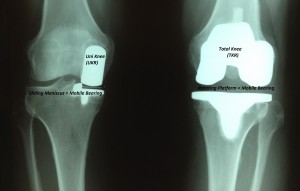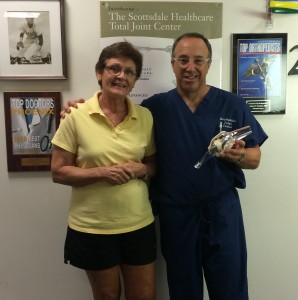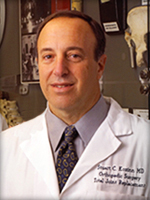Living with chronic pain is stressful and debilitating. Joint pain, stiffness, and chronic swelling that leads to limited mobility and function affects more than 70 million Americans with arthritis. Along with chronic pain comes depression, anger, and anxiety that affects not only the sufferer but also family members and friends.
Although most people associate arthritis with the elderly, according to the center for Disease Control, three out of every five adults younger than 65 suffer with joint arthritis. Increased participation in sports and very active lifestyles has lead to an increase in people of all ages with hip and knee arthritis. According to the CDC, as the population ages that number will increase, making joint disease one of the most prevalent health conditions in America and a leading cause of disability. Because arthritis is treatable, experts at the CDC advise people not to ignore their pain and stiffness, and to seek medical attention.
While there is no known cure for osteoarthritis, there are effective treatments that will reduce joint pain and increase mobility and function. For a thorough evaluation of your hip or knee joint condition, your doctor will refer you to a specialist – an orthopedic doctor. After diagnosis, your doctor may recommend exercise, weight loss, and anti-inflammatory medications, which all help in alleviating joint pain. Sometimes, however, these treatments don’t effectively reduce the pain; and in those cases, your doctor may recommend surgery.
Today’s surgical treatments for osteoarthritis, such as total joint replacement, include innovative, more minimally invasive procedures, says Stuart Kozinn, MD, Medical Director of the Scottsdale Total Joint Center and a specialist in minimally invasive joint replacement. A graduate of UCLA medical school, with training at Cornell’s Hospital for Special Surgery in New York and Harvard Medical School’s Department of Orthopedic Surgery, Kozinn also recently served as Chief of Surgery at Scottsdale Healthcare-Osborn and is director of its new Center for Joint Replacement.
According to Kozinn, there are several causes of chronic hip and knee pain, but the most common diagnosis leading to joint replacement is osteoarthritis. “As active people age, the smooth cartilage which acts as a shock absorber in joints, may wear out and cause paiful bone rubbing directly against bone. Playing sports, such as jogging and tennis, can accelerate the disease,” says Kozinn. Eventually the arthritic hip or knee will hurt even at rest, and at that point, surgery may be the only viable option.
The knee and hip joints concentrate the body’s weight on a relatively small area, and they are therefore the most commonly affected by osteoarthritis. Orthopedic surgeons can successfully replace arthritic joints with artificial ones that will greatly improve mobility and function.
Recent technological advances in joint replacement surgery include more durable biomaterials that won’t wear out easily over time. Metal on metal bearing surfaces, hard ceramic materials, and highly crosslinked polyethylene liners have improved the lifespan of modern joint replacements. Titanium and Cobalt-chrome metal alloys have proven to be very durable and compatible with human bone. New knee replacement designs that provide increased bending and rotation may improve the activity levels of recipients.
“Minimally invasive surgical techniques have been developed that allow less disturbance of the surrounding muscle and soft tissues, leading to more rapid recovery times and less pain”, says Kozinn. “Patients have been enthusiastic about the smaller incisions that result in shorter hospital stays and less noticeable scars.”
Patients are encouraged to walk the same day as surgery, and to leave the hospital in two or three days. Kozinn also specializes in partial knee replacement surgery, which may be preferable in earlier cases of knee arthritis. “A motivated patient can be out of the hospital the following day after minimally invasive unicompartmental knee replacement, and back to light work in one week”, according to Kozinn.
New techniques in hip replacement surgery are also available. Minimally invasive incisions allow younger patients who have trouble taking time off from work to recover more rapidly. Many patients refuse to give up their active lifestyles, and most hip replacement patients can return to tennis, golf, and skiing.
The new “Direct Anterior Approach” to total hip replacement is resulting in incredibly rapid recoveries, never before thought possible. Specialized cementless implants and modified instruments have made these adjustments possible. “My routine patients are walking in the halls weight bearing as tolerated on the day of surgery”, says Kozinn.
Today’s technology has resulted in more rapid recoveries, but as with any surgery, complications can occur. “Your surgeon will discuss these risks with you before any surgery is done.” It is important for the surgeon and the primary care medical physician to work as a team to determine the best treatment plan for the patient. Not all patients are candidates for minimally invasive procedures. “Large, very muscular, or heavy patients, as well as those with complex deformities are better treated with more traditional approaches”, notes Kozinn.
With today’s advances in medical technology, more patients are interested in joint replacement surgery to obtain relief from crippling arthritis. For more information about minimally invasive joint replacement surgery, us at (480) 994-1149, or schedule an appointment.
